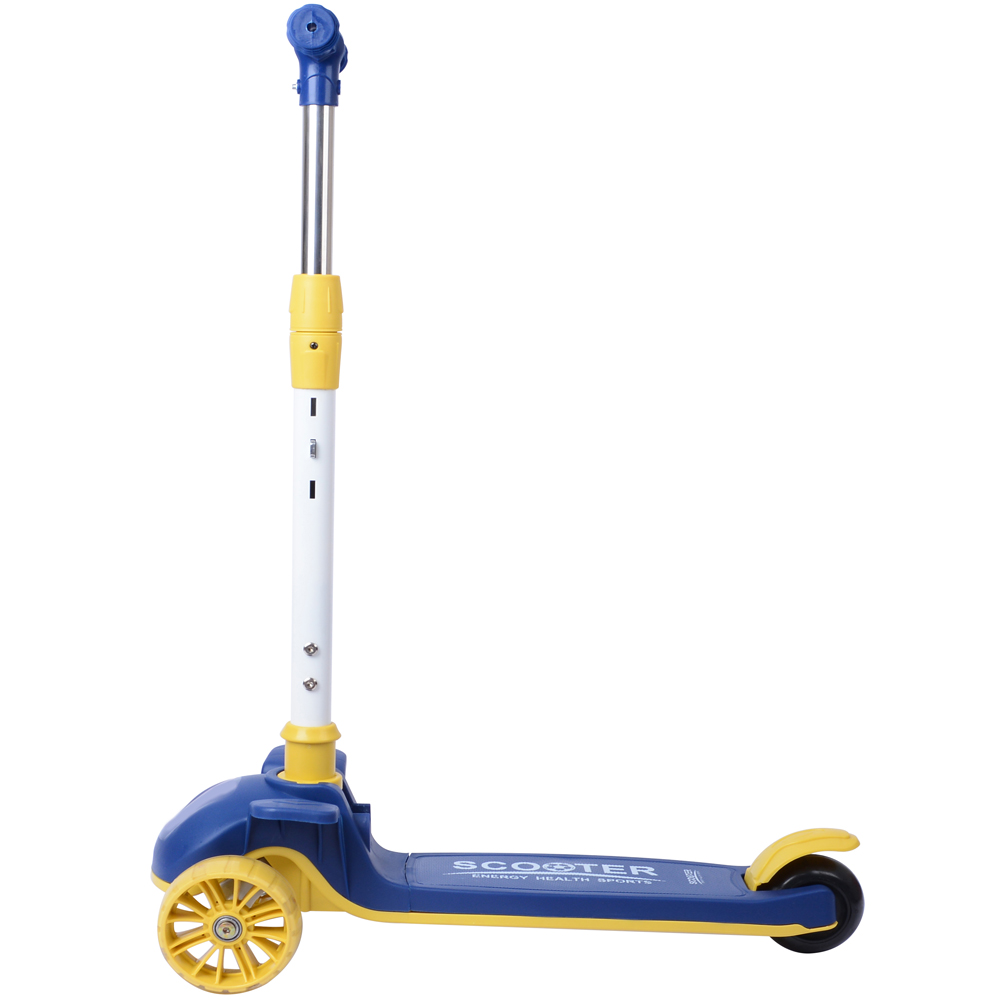Can a Kid Ride a Pocket Electric Scooter on the Road?
In recent years, electric scooters have become increasingly popular, especially among children and teenagers. Pocket electric scooters, known for their compact size and lightweight design, are particularly appealing for younger riders. However, parents often wonder if it's safe and legal for kids to ride these scooters on the road. This article explores the considerations surrounding kids riding pocket electric scooters on public streets, including safety, legal regulations, and responsible riding practices.
Safety First
Safety is the foremost concern for any parent allowing their child to ride an electric scooter. Pocket scooters can reach speeds of up to 15-20 mph, which poses a risk in a traffic-filled environment. Before allowing a child to ride, it’s crucial to ensure they wear appropriate protective gear, including a helmet, knee and elbow pads, and sturdy shoes. This protective gear is essential to minimize the risk of injury in case of falls or accidents.
Additionally, riders should have a good understanding of scooter handling and balance. It may be beneficial for parents to supervise initial rides in safe, controlled environments, such as parks or empty parking lots, before venturing onto public roads. Teaching kids the importance of safe riding practices—such as maintaining a safe distance from vehicles, riding at a safe speed, and being aware of their surroundings—can further enhance safety.
Understanding Legal Regulations
Before allowing a child to ride a pocket electric scooter on the road, parents need to be aware of local laws and regulations regarding their use. Different countries, states, and even cities have varying rules concerning electric scooters. For instance, some places may require riders to be of a certain age, typically ranging from 12 to 16 years old, while others may permit children to ride if accompanied by an adult.
lehuo can a kid ride a pocet electric scooter on road

In many jurisdictions, electric scooters are classified similarly to bicycles, which means that they can be ridden on roads and bike lanes. However, some areas may restrict their use on sidewalks or pedestrian paths. Riders may also be subjected to specific guidelines, such as maximum speed limits or required licenses for usage in certain areas. Researching the local laws will help parents make informed decisions and keep their children safe from legal repercussions.
Responsible Riding Practices
Teaching kids the importance of responsible riding is crucial for their safety and the safety of others. Before heading out, parents should explain the rules of the road and the importance of being respectful to pedestrians and other vehicles. This includes stopping at intersections, yielding to pedestrians, and signaling turns.
Moreover, parents should encourage riders to remain aware of their environment. This includes being cautious of road hazards, such as potholes, debris, or wet surfaces, and avoiding busy roads when possible. In addition, they should educate their kids about the dangers of riding under the influence of substances, such as alcohol or drugs, which can significantly impair judgment and reaction times.
Conclusion
Pocket electric scooters can provide a fun and exciting mode of transportation for kids, but it’s essential for parents to carefully consider safety, legal regulations, and responsible riding practices before allowing their children to ride these devices on the road. By ensuring that children wear protective gear, understand local laws, and practice safe riding habits, parents can help create a safer riding environment. Ultimately, with the right precautions and education, kids can enjoy the benefits of riding electric scooters while minimizing risks and staying safe.
-

 Scoot&RideKids Child Kick Push Scooter 3 Wheels with LED Flashing Tilt Lean Boys Girls Scooter
Scoot&RideKids Child Kick Push Scooter 3 Wheels with LED Flashing Tilt Lean Boys Girls Scooter




- 4
$33.17 -

 Scoot&RideKids Scooter Child Kick Flashing LED Light Up 3 Wheel Push Adjustable Folding 3
Scoot&RideKids Scooter Child Kick Flashing LED Light Up 3 Wheel Push Adjustable Folding 3- 0
$25.52 -

 Scoot&RideKids Scooter Child Kick Flashing LED Light Up 3 Wheel Push Adjustable Folding 2
Scoot&RideKids Scooter Child Kick Flashing LED Light Up 3 Wheel Push Adjustable Folding 2- 0
$33.17 -

 Scoot&RideKids Scooter Teens Foldable Kick Push Scooter Adjustable Height Safe 2 Wheels
Scoot&RideKids Scooter Teens Foldable Kick Push Scooter Adjustable Height Safe 2 Wheels




- 4
$49.99
Meet our partners and discover what powers their creativity!
When you register for a Lohas scooter, you will receive a 10% discount on your first order and can be notified of sales, new product launches and other offers in advance.









